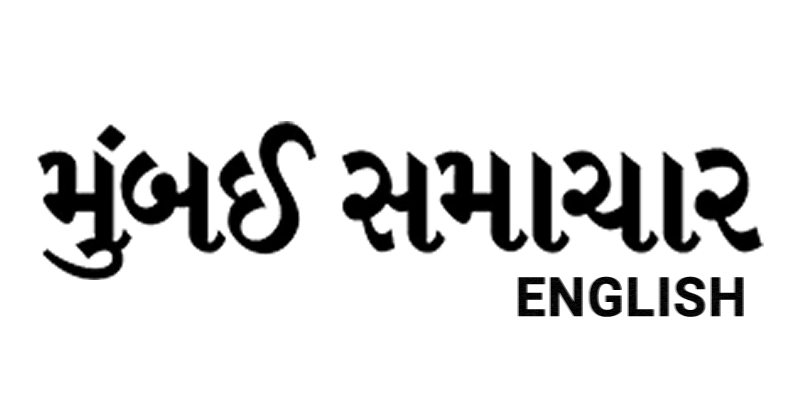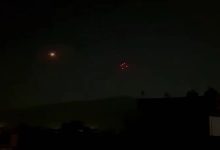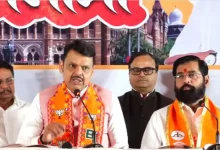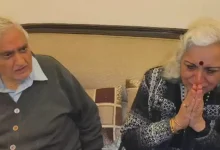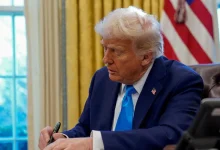
[By Our Correspondent]
Leh witnessed violent scenes on Wednesday as protests over Ladakh’s long-standing demand for statehood and Sixth Schedule protections spiraled out of control. Demonstrators set fire to the BJP office and a CRPF van, leaving at least four people dead and nearly 70 injured. A curfew was imposed in the region as authorities rushed in reinforcements to restore order.
For weeks, peaceful hunger strikes had been spearheaded by activist Sonam Wangchuk, but the agitation took a violent turn after several protesters on fast were hospitalised. Wangchuk described the upheaval as an “outburst of the young generation” and termed it a “Gen Z revolution.”
Here are five key takeaways from the Ladakh protests:
- Why were people protesting in Ladakh?
The agitation, led by Sonam Wangchuk and supported by the Leh Apex Body (LAB) and Kargil Democratic Alliance (KDA), sought constitutional safeguards under the Sixth Schedule and full statehood for Ladakh. Protesters argued this was essential to protect the Union Territory’s tribal identity, scarce resources, and fragile ecosystem. With 97% of its population listed as Scheduled Tribe, local leaders say Ladakh deserves the same protections given to certain northeastern states. - Who led the protests?
The LAB, a coalition of political, religious, and social groups, called Wednesday’s shutdown after health concerns over hunger strike participants. Wangchuk, who had ended his 15-day fast just a day earlier, urged demonstrators to remain peaceful. However, crowds soon gathered outside the BJP office in Leh, torching property and clashing with security forces. The KDA backed the protest, signaling rare unity between Leh and Kargil on the issue.
VERY SAD EVENTS IN LEH
— Sonam Wangchuk (@Wangchuk66) September 24, 2025
My message of peaceful path failed today. I appeal to youth to please stop this nonsense. This only damages our cause.#LadakhAnshan pic.twitter.com/CzTNHoUkoC
3. BJP vs Congress blame game
Soon after the violence, BJP leader Amit Malviya accused the Congress of fuelling the unrest, posting photos of Congress councillor Phuntsog Stanzin Tsepag allegedly involved in the clashes. He claimed Rahul Gandhi was encouraging “Gen Z chaos.” Congress supporters, meanwhile, hit back online, framing the youth-led protest as a ground-level rejection of BJP policies and drawing comparisons to popular Gen Z uprisings in Nepal.

4. Role of Gen Z protesters
Social media was flooded with posts linking the upheaval to young demonstrators. Videos of stone-pelting, fires, and slogans in Leh were shared widely, with many dubbing the movement a “Gen Z revolution.” Wangchuk, however, expressed regret over the violence, warning that it undermined years of peaceful struggle.
5. What happened on Wednesday?
Protesters assembled in large numbers at NDS Memorial Ground before marching through Leh. As tensions escalated, parts of the BJP office and vehicles were set ablaze. Security forces resorted to teargas and baton charges. Prohibitory orders banning gatherings were enforced under Section 163 of BNSS. The violence also forced authorities to cancel the annual Ladakh Festival midway, disappointing artists and tourists.
With talks between the Centre and Ladakh’s political representatives scheduled for October 6, the violent turn marks a critical flashpoint in the region’s agitation for autonomy and constitutional safeguards.
